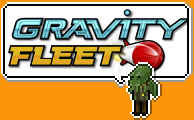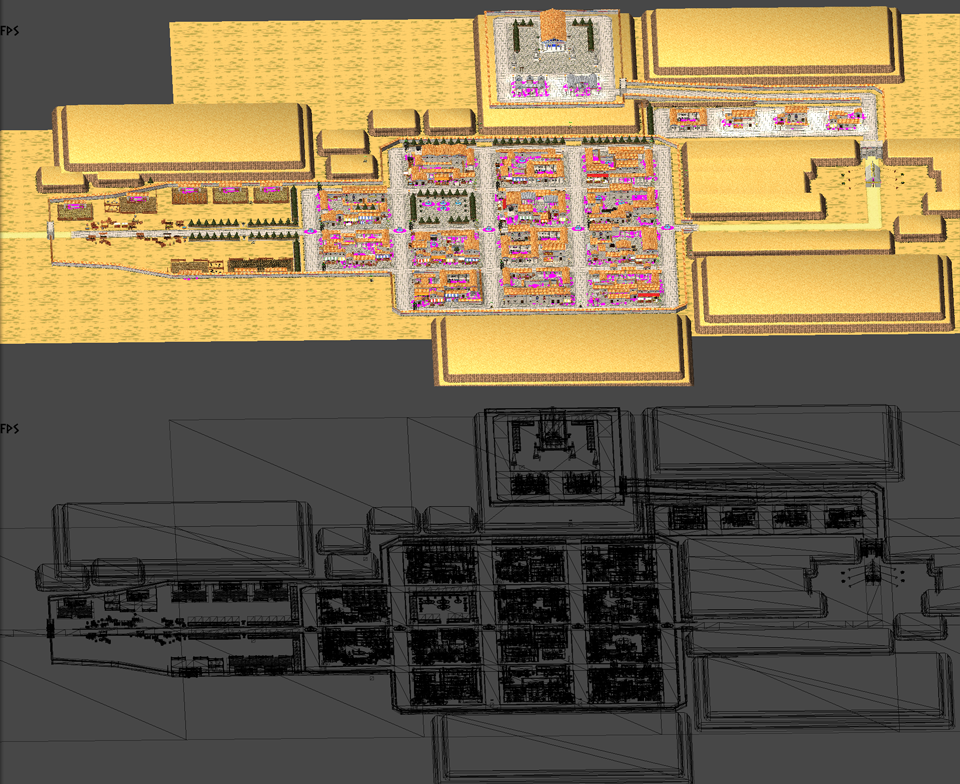Ahoy there! This week, I will introduce you to one of the more important changes that we’ve done to the game so far.
Here is the thing: After a careful planning and analysis, we came to the conclusion that developing 12 levels will take me (Art only) a year and a half. The cost was too damn high! Also, in a few playtesting sessions we found that players didn’t seem to fully understand the objective. In addition, we found that the challenge in the mechanics was not sooo much fun.
So, the problem was: Making levels took an incredible long time and effort, and creating different challenges for every level felt inconsistent (like we glued a lot of different things altogether). What’s the solution? We don’t know for sure, but we found an easy way to test a new system.
Basically, using cities divided into small areas and building them up procedurally. Each world (we call each city a world, Delphi, Sparta, etc. would all be different worlds) is composed of two to five areas. You have to complete (usually, destroy) an area, in order to advance to the next one. When you reach the final area you will face the god of the world, and after you defeat the god, you will advance to the next world (Tebas, Sparta, Athens, Vegas, etc.).
This is a chunk. -Say “Hi” chunk. -Hi chunk
Each area in turn is composed of chunks. Each chunk will have data on the type of enemies that it will hold, also if it has hazards and environment stuff.
This is not only to help us deal with level design far quicker, but also pushes us forward to be able to take a lot of design decisions. The end result with this approach is that it gives Okhlos a much more arcade feeling. That’s incredible good. It feels faster, more challenging. Also, it gives us the power of infinity in the level design. That could be a lot (or absolutely zero). But definitively give us a game which is fun to replay, where you can find new things in each playthrough. And that is amazing.
This is ye olde static delphi.
This could be the new Delphi, or not! It will always change! Science!
This could give you an idea of how the cities are gonna be. It’s composed of 3×3 chunks. Each chunk has 10×10 tiles. Each tile can have anything (enemies, props, houses, shops, hazards, etc.).
Well, all of this makes a tremendous change in the game, but we are quite enthusiast about this. We see a lot of potential for this decision, and the current build we are developing, looks amazing. As always, thanks for reading!

















